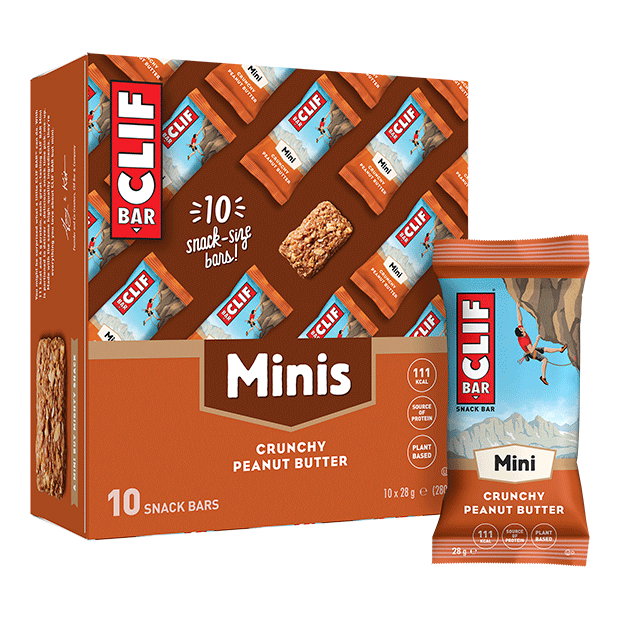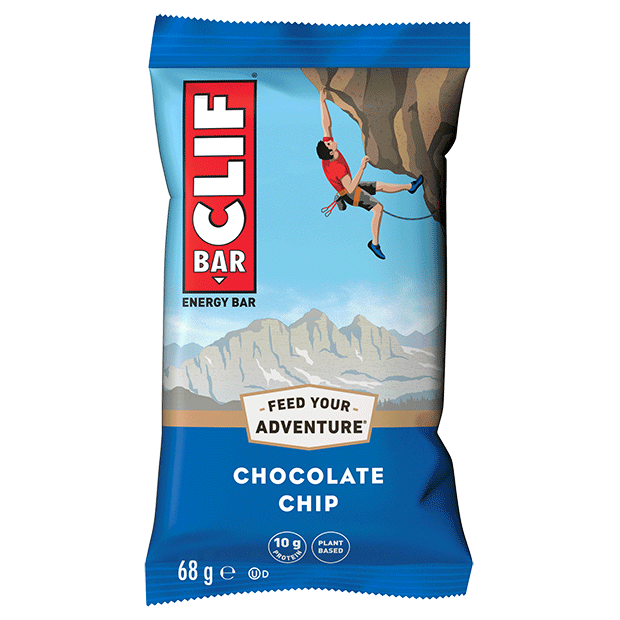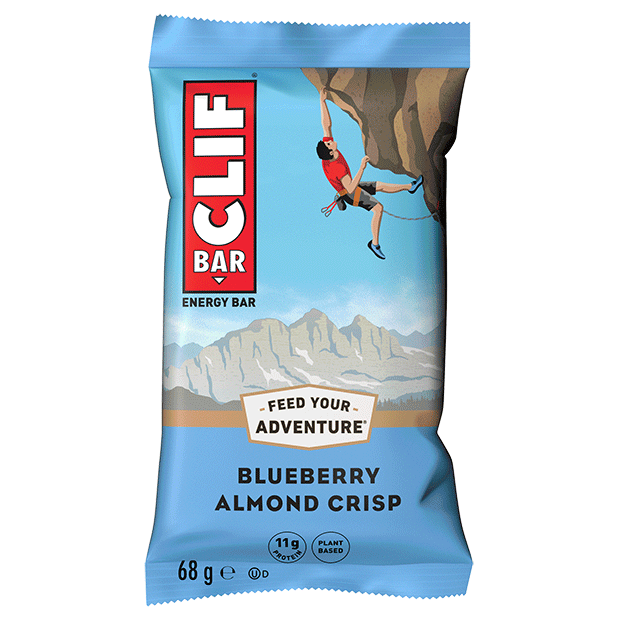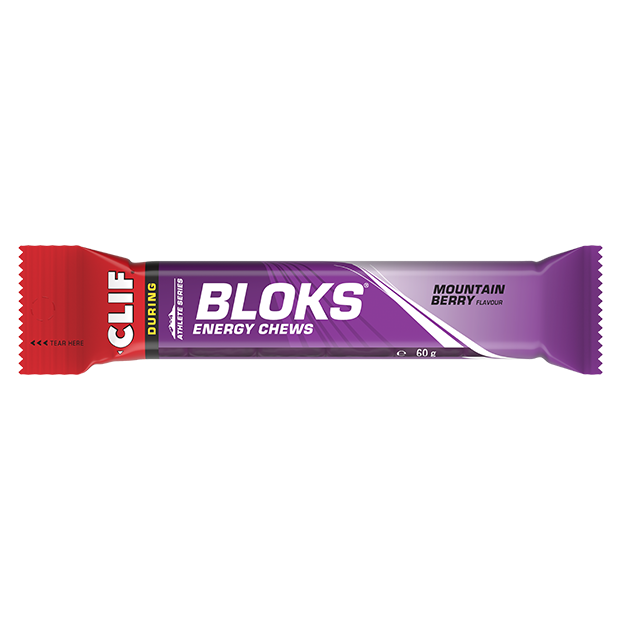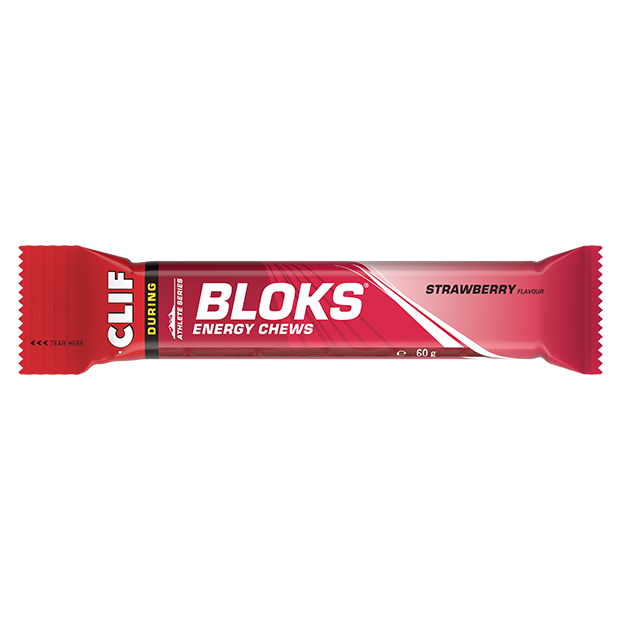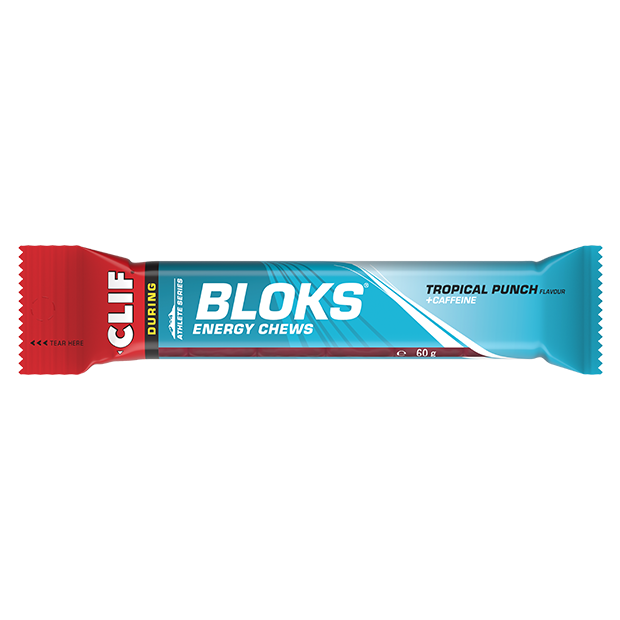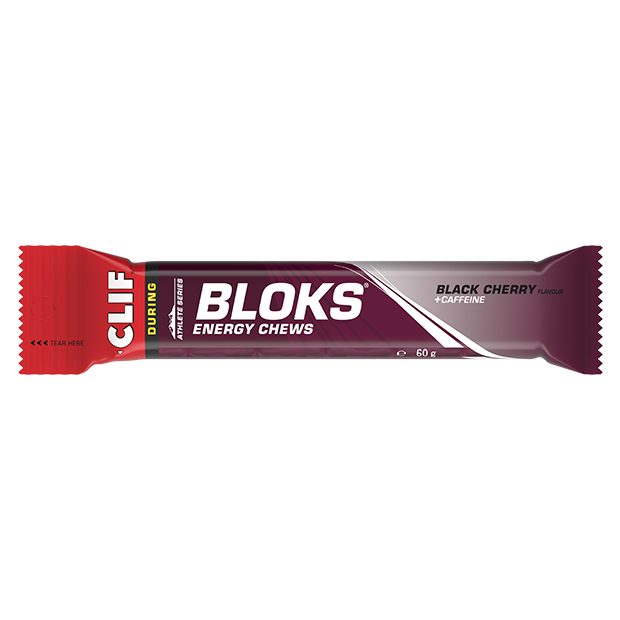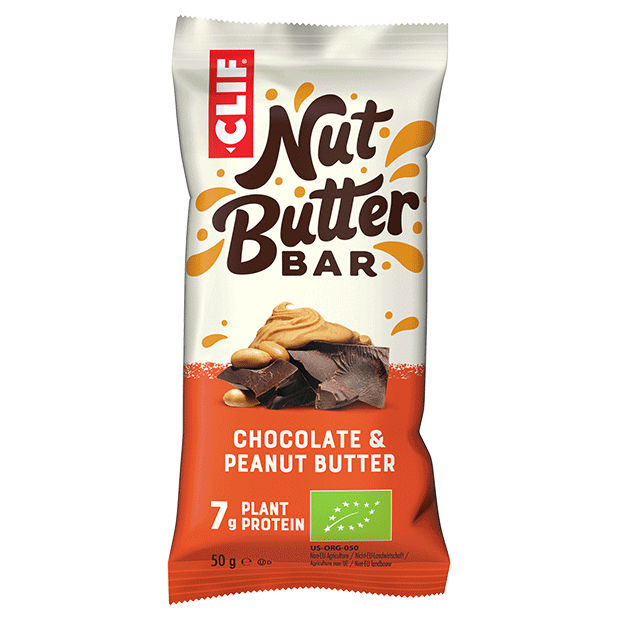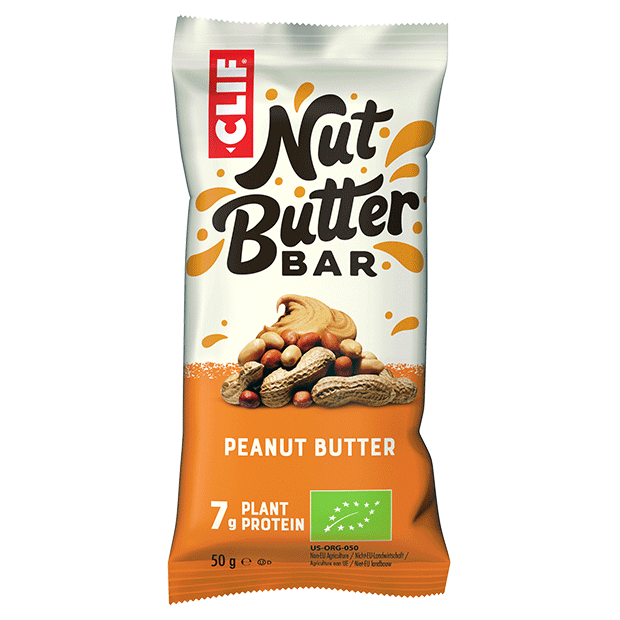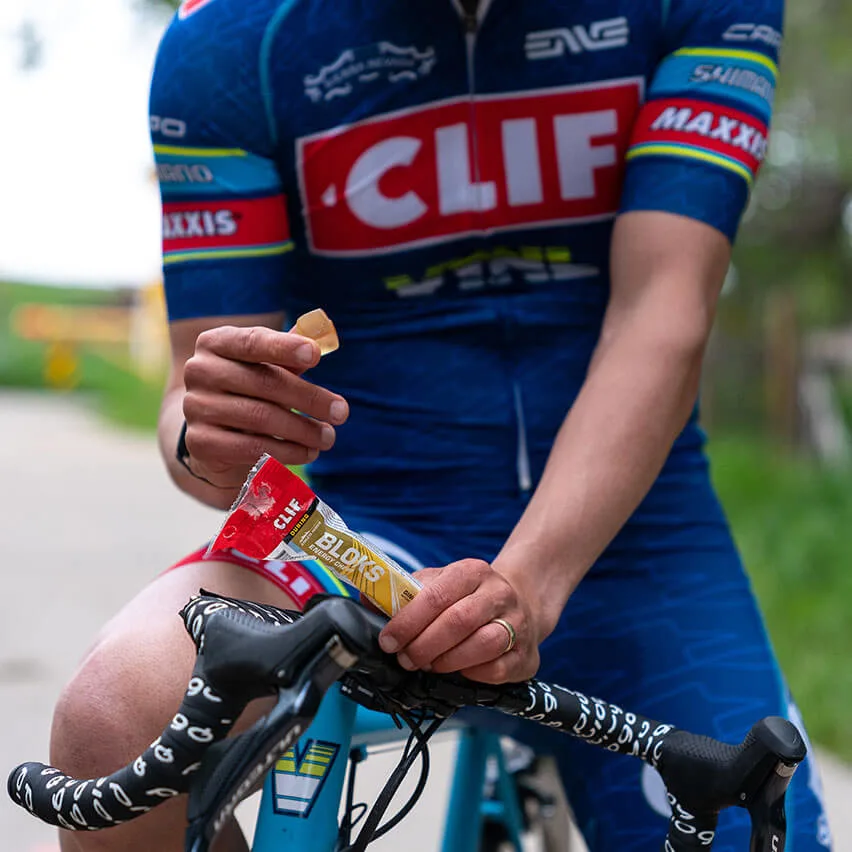The ideas and suggestions written below are provided for general educational purposes only and should not be construed as medical advice or care. The contents of this article are not intended to make health or nutrition claims about our products. Always seek advice from a doctor or other qualified professional before beginning any physical fitness or health- and nutrition-related activity.
When the cold, wet winter weather hits, many of us would normally take our workouts indoors. However, with the restrictions due to COVID-19, most gyms and indoor workout facilities will likely remain closed for the coming months. That’s why running outside remains a good option, even in the winter. The key to successful winter running is to be prepared. Here are seven tips to make your winter runs more enjoyable.
Tip 1. Dress for the Occasion.
I often get asked what to wear when running in the cold. My answer? Layers are your friend. You might feel a bit chilly when you first step out the door, but you’ll quickly warm up when you get going. Layering makes it easy to stay comfortable throughout these temperature shifts.
Start with a thermal base layer made of wool or polypropylene topped with a wind- and water-resistant jacket. For extra cold days, throw on a running vest under your jacket for extra warmth. On the bottom, a nice pair of tights or long johns will keep your legs warm. Bare skin can be a nightmare, especially in winter conditions.
Temperatures below -15C are considered too cold to be exercising outdoors, but you should also consider the “feels-like” temperature, which takes into account the humidity, cloud cover, wind, and sun angle to describe how the air really feels. Both numbers should influence your decision about whether to exercise outside. A temperature of -12C but a “feels-like” temperature of -20C means you should probably stay indoors.
Pro tip: Start with an outfit that’s warmer than you think you need; you can always take layers off.
Tip 2. Take Care of Your Digits.
Nothing is worse than freezing hands, especially as they start to thaw. Ouch!
Choose either gloves or mittens, depending on the temperature. If it’s wet or windy, consider a material that will protect your fingers.
I use both gloves and mittens, but I’ve never regretted opting for the warmer option. Another pro-tip is to put hand warmers in your mittens or gloves. They can be a life-saver!
Tip 3. Mind Your Shoe Choice.
Another question I get is whether it’s safe to run outside when it’s freezing cold. For starters, when there’s frost, ice, or snow, opt for footwear with good traction.
Choose trail shoes with grippy tread and enough material to keep your feet protected. Many shoes use weatherproof material to keep your feet warm and dry.
When it’s really snowy or icy, it’s a good idea to add even more traction to your shoes. Traction devices that slip over your shoes make running on slick surfaces safer.
Tip 4. Cover Your Head and Neck.
A lot of body heat escapes through our head, so cover it up to stay warm. A lightweight, moisture-wicking hat is the best option, especially as you start to sweat.
Headbands are fine when temperatures aren’t too low but you still want some coverage. Similarly, a neck-warmer or snood can add a lot of warmth on really chilly days. Sometimes covering your neck can make you feel warmer than adding another layer.
Tip 5. Warm Up With Some Post-Run Fuel.
When it’s cold out, I like to sip on something warm after finishing my run. My favourite post-run drink is a hot chocolate made with milk, and sometimes I’ll add a little coffee for an extra flavour kick. Hot chocolate goes down nicely with a couple of biscuits, but I prefer a CLIF Nut Butter Energy Bar, which provides carbohydrates and up to 7 grams of plant-based protein.
Tip 6. Re-Think Your Nutrition Plan.
What changes do you need to make to your nutrition plan?
When it’s cold out, eating your go-to running fuel can be tough. Gels and gummies can freeze and become hard to bite into. To prevent this, I keep my fuel close to my body to keep them warm and easy to eat. CLIF BLOKS Energy Chews are ideal because they’re packaged to slip neatly into an inside pocket.
Another tip: Consider the flavour. Indulgent flavours like chocolate, vanilla, and mocha tend to taste better in the cold, while citrus and fruity flavours seem more refreshing on warm summer days.
Solid foods are also easier to get down in colder weather and are a great choice for those long, slow runs. My favourite snack? Any CLIF BAR energy bar that reminds me of a freshly baked pastry, like Chocolate Chip (cookies!) or Blueberry Crisp (muffins!). These bars not only taste great but have a mix of simple and complex carbohydrates.
Tip 7. Add Some Flavour to Your Water.
Dehydration can be hard to spot when it’s cold outside, and your fluid needs actually increase in winter climates—especially if you’re running at altitude. So make sure you drink, drink, drink!
Drinking plain water in the cold can be tough. For that reason, I always add a sports drink or electrolytes to my bottles or hydration reservoir. For one, it tastes so much better to drink something sweet and flavourful when it’s chilly out. And two, a sports drink is less likely to freeze than plain water.
If I’m really worried about my drink freezing, I’ll add hot water when mixing it up. It doesn’t stay hot for the run, and it takes longer to freeze.
Pro tip: If using a water reservoir with a hose, blow air back through the hose after drinking to prevent any freezing in the tube.

